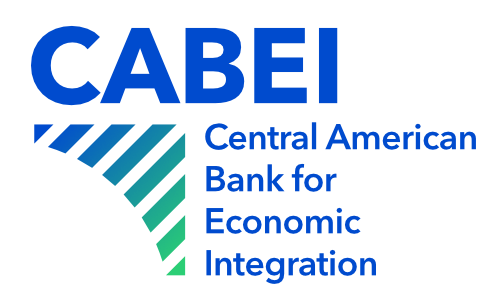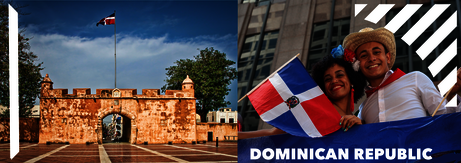Summary of operations
Road Infrastructure: Financing for 148 kilometers of highways.
Energy: Financing for the generation of 80 megawatts of clean renewable energy.
Agro Sector: US$ 60 million for the strengthening of the agricultural sector with a sustainable technological approach.
A 228% increase in the amount estimated in the 2021-2026 country strategy, reaching US$ 1.8 billion. In the previous five-year period the disbursement amounted US$ 533.9 million.
PROJECTS
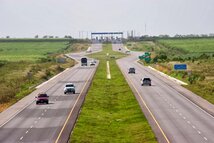
Coral Highway Project
It consisted of the construction of a 70-kilometer-long, 4-lane highway, for which financing of US$70.0 million was allocated.
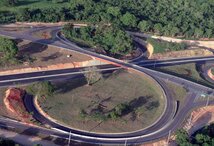
Improvement and Expansion of the Eastern Road Corridor for road sections
San Pedro de Macorís-La Romana Section, La Romana Beltway Section and Eastern Tourist Boulevard Section, totaling 78 kilometers in length and representing the best road infrastructure in the country.
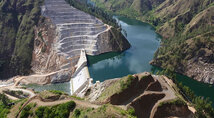
Palomino Hydroelectric Project
With a clean and renewable energy generation capacity of 80 megawatts, it is located in the Province of San Juan. For its execution, the Bank allocated financing for a total amount of US$ 130.0 million
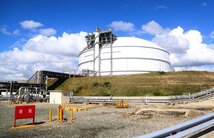
Construction of a 50-kilometer gas pipeline in San Pedro de Macorís
Loan in favor of AES Dominicana for a total amount of US$54.00 million.
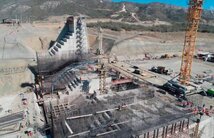
Montegrande Multipurpose Dam Project Phase III
With current financing of US$249.6 million
CABEI representatives assess progress of the Santo Domingo Metro Line 2C Construction project

Santo Domingo, March 5, 2024 - With an investment of US$250 million, the Central American Bank for Economic Integration (CABEI) is contributing to the development of the "Santo Domingo Metro Line 2C Construction Project" in the Dominican Republic.
The CABEI representatives valued the progress made in the construction of line 2C of the Santo Domingo Metro and emphasized that this project seeks to improve transportation infrastructure, reduce travel times, optimize costs, and raise the safety standards of the public transportation system.
The line, which is expected to benefit more than 770,000 annual users, will consist of five stations extending from the existing María Montez station on Luperón Avenue to Los Alcarrizos, with a subway section of 900 meters in length and an elevated section of 6.45 kilometers in length.
CABEI Executive President Gisela Sánchez, CABEI Director for the Dominican Republic Hostos Rizik, Santo Domingo Metro Director Rafael Santos, and CABEI Country Representative in the Dominican Republic Manuel Ogando participated in the visit.
CABEI's Executive President, Gisela Sánchez, stated, "Without a doubt, we will continue to be a strategic ally for the Dominican Republic, seeking to support the country's economic and social development, and thus improve the quality of life of all Dominicans."
CABEI Director for the Dominican Republic, Hostos Rizik, highlighted ¨This project represents progress and advancement for the Dominican Republic. CABEI continues to offer its full support in the promotion of the country's sustainable development".
The project is framed within the Competitiveness Strategic Axis of CABEI's 2020-2024 Institutional Strategy, which seeks to promote productive, inclusive, and sustainable development in the region. It also contributes to the Bank's 2020-2024 Environmental and Social Strategy, specifically to the following key sectors: energy, energy efficiency, and greenhouse gas (GHG) reduction, with an average reduction of 4,892 tCO2/year in greenhouse gas (GHG) emissions, and transportation infrastructure.
